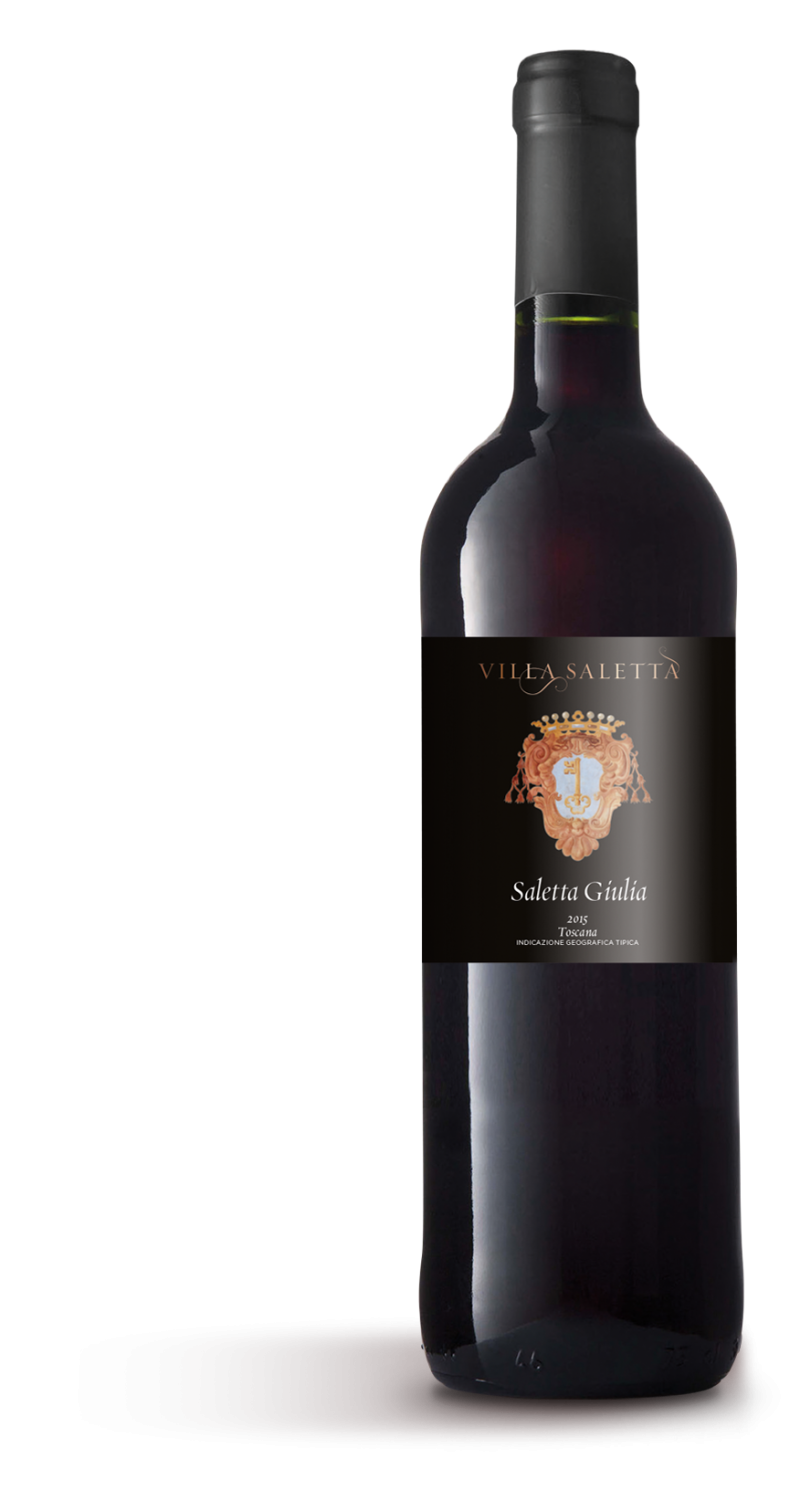Vineyards
This Verdejo is crafted from Barcolobo’s old vines, which are over 43 years old and trained in the traditional goblet style. Located within the Riberas de Castronuño – Vega del Duero Nature Reserve, these vineyards thrive in sandy loam soils enriched with clay and pebbles, fostering low-yield production that concentrates the fruit's quality. The 2018 vintage faced challenging conditions, including late spring frosts, hail, and drought, which shaped the character and resilience of the grapes. Hand-harvested on September 4, the grapes were picked in small 15-kilogram boxes to preserve their integrity.
Winemaking
The winemaking process used gravity flow for minimal intervention, beginning with a brief cold maceration at 4°C to enhance aromatics. Fermentation took place in French oak barrels over 24 days at a stable 13°C, preserving varietal expression while adding subtle complexity. Post-fermentation, the wine aged on its lees in French oak barrels with regular batonnage for four months, followed by an additional month in stainless steel, imparting richness and texture to the final profile.
Appearance
Brilliant and vibrant greenish hue,
Nose
This Verdejo presents a potent and expressive nose, with aromas of fennel and fresh fruit subtly enhanced by a light touch of oak.
Palate
The palate is fresh and well-balanced, with integrated acidity and a touch of minerality. Notes of fruit and a soft hint of carbonic provide a smooth, lingering finish.
Food pairing
Serve at 8°C to enjoy its full expression, pairing well with dishes such as seafood, light meats, risottos, and Mediterranean inspired dishes.
Background story
Barcolobo, based in Castilla y León, encompasses 20 hectares of vineyards producing Tempranillo, Syrah, Cabernet Sauvignon, and Verdejo. Located on the La Rinconada estate within the protected Riberas de Castronuño – Vega del Duero Nature Reserve, the vineyards benefit from a unique ecosystem with diverse wildlife, including purple herons and wild boar. Barcolobo’s approach combines sustainable practices and minimal intervention, producing wines that reflect the quality of their terroir and the beauty of their surroundings.





